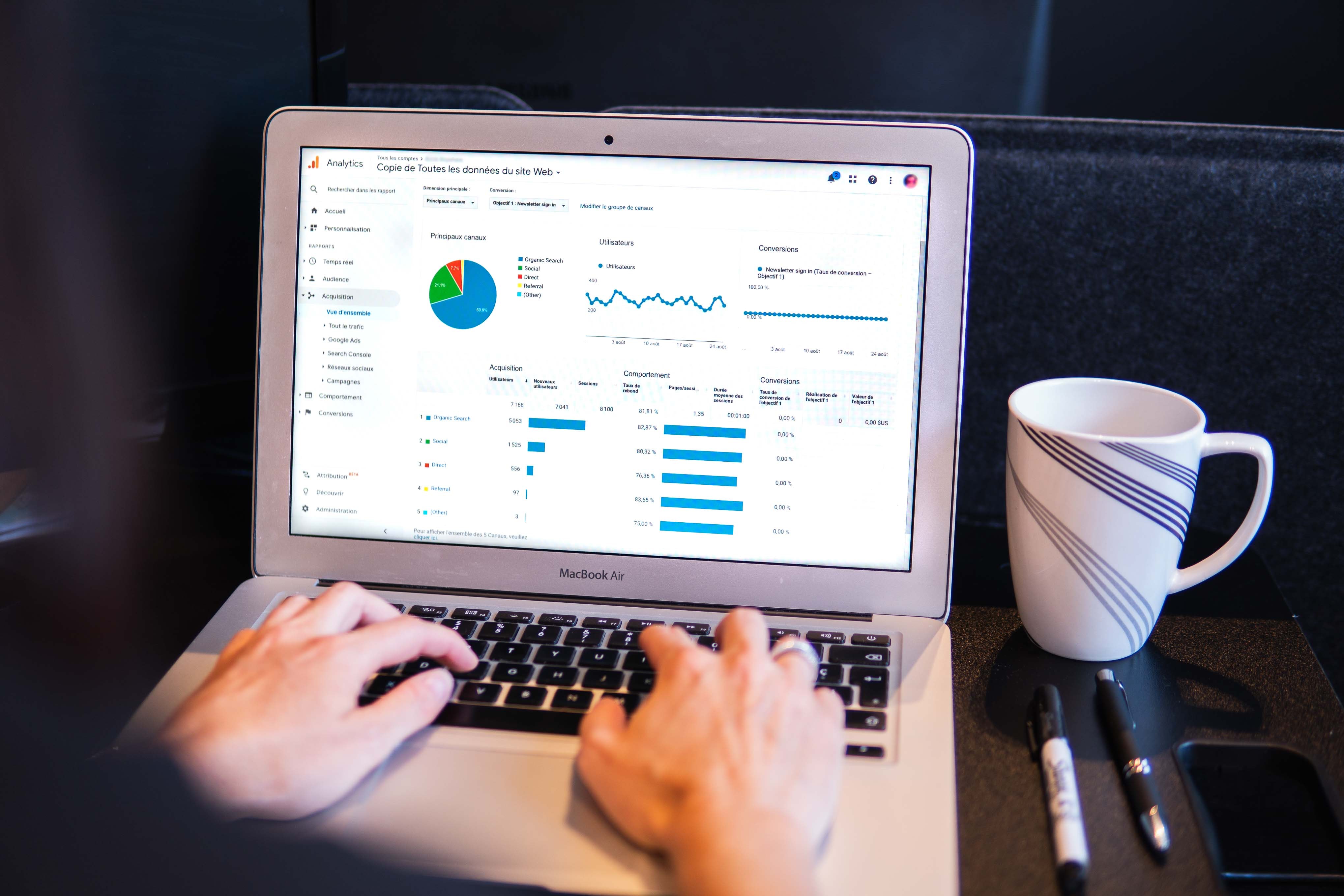All organisations that collect data can use analytics to optimise performance, maximise profit and make better strategic decisions. For example, an analysis of customer trends and satisfaction can be used to improve products and services, recommend now products to customers or offer discounts to increase sales. Media organisations use analytics to keep viewers clicking or watching video clips and full-length programmes. Membership and subscription businesses use data analytics to understand reasons for customer churn and to identify members with the highest risk of churning. Online gaming companies use analytics to reward players and to keep them active in the game. Non-profit organisations can use analytics to identify the best channels for fundraising, marketing and service delivery.
However, data analytics is not a linear process. As insights lead to actions, so do they also generate more data, new business questions, additional potential analyses, further insights, and so on. Blooming Data's 5A model is a blueprint, to be adapted to the specifics of the organisation and to be refined with each iteration.
Blooming Data's 5A Model
Amassing Data: Relevance and Quality

- What is your business strategy and what data is required to execute it?
- What data do you currently collect (including from your website, apps, ERP and CRM systems, social media, surveys)?
- What additional data would be useful and how can you get access to it (does it already exist? Can you collect it? Can you license it from a 3rd party)?
- What is the quality of your data; how readily useable is it? Does it need cleaning? Are there any large gaps in it? Are all variables being measured properly? Do you trust the data or does it need validating?
Administration: Managing the Data

- Where is your data currently stored and who in your organisation has access to it?
- Is data in silos? How can the organisation move towards a single source of data truth?
- What are the benefits of a cloud-based data warehouse?
- What data processing tools do you requir?
- Do the relevant data processing skills exist in your organisation? If not, what level of upskilling is required?
- Do you comply with GDPR (General Data Protection Regulation) laws on data protection and privacy?
- Are policies and processes agreed for the sharing of data?
Analysis: Exploring the Data and Reporting Findings

- Summarising the data, exploring relationships between variables and testing hypotheses
- Deep diving into key areas of interest and seeking answers to business questions
- Calculating and reporting on metrics of greatest importance to the organisation(KPIs)
- Presenting key metrics on business performance in digital interactive dashboards
- Identifying new data requirements, where appropriate, based on the outputs of the analytics.
Action: Action on Insights

- Translating analytics into insights: from what is happening to why it's happening
- Engaging with relevant business stakeholders through stories in the data and visualisations
- Taking actions based on the insights presented
- What new questions are generated from the insights and how should they be investigated?
Advanced Analytics: Predicting Future Outcomes

- What metrics could be predicted, given the available data? How trustworthy are those predictions?
- How can the organisation realise value from these predictions?
- What other advanced analytics could be usefully carried out? For example, could customers be usefully grouped into cohorts? or is there a time-based compenent that needs analysing (e.g. seasonality)
- Does the organisation have access to the skillsets required to perform such analytics
